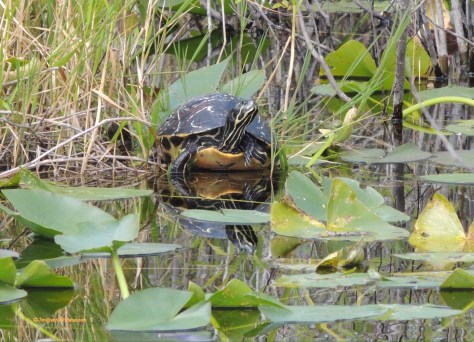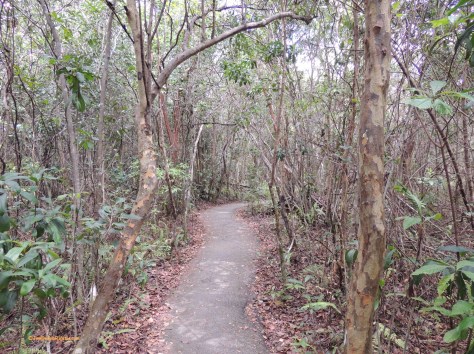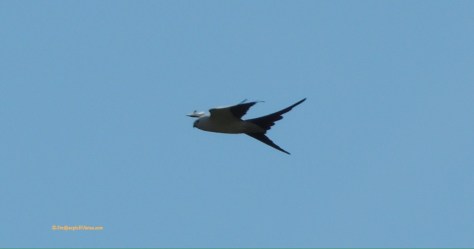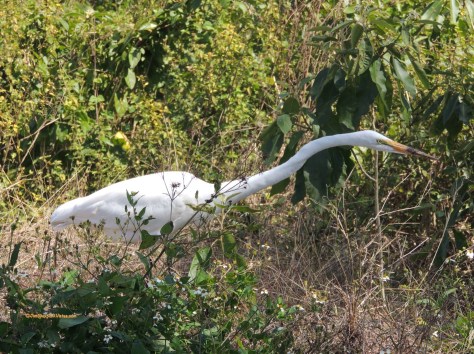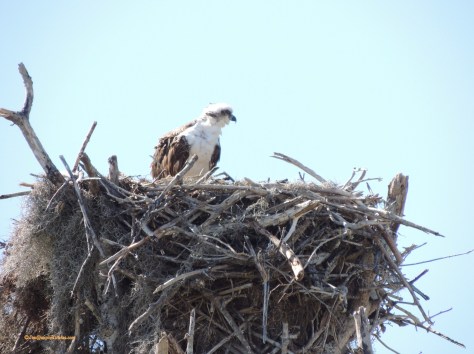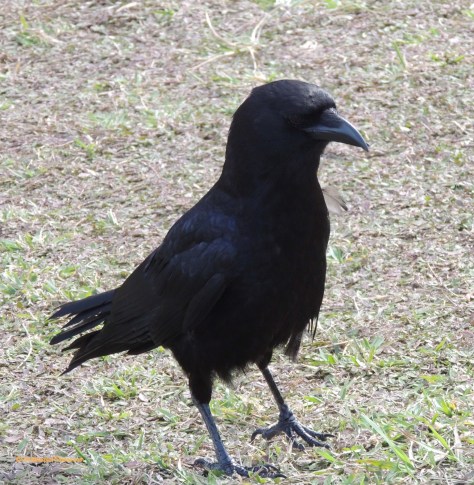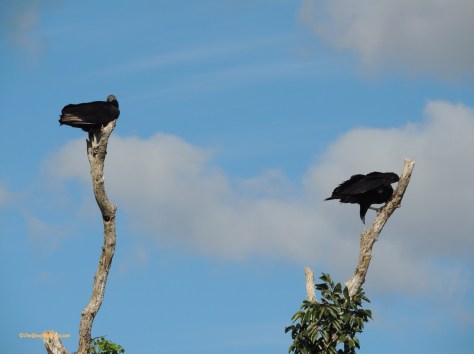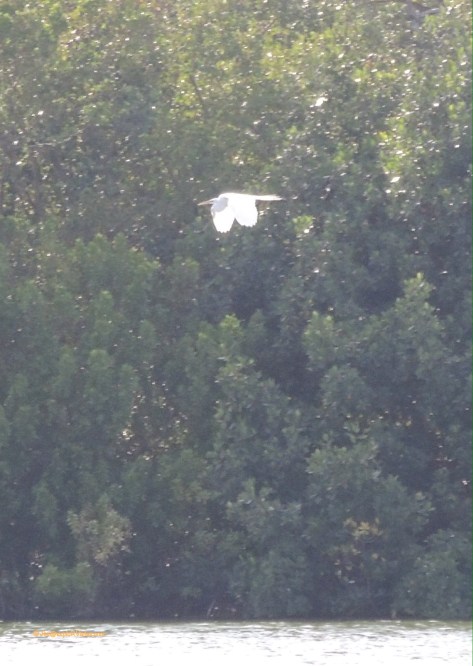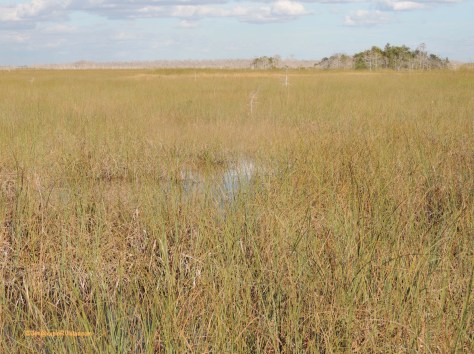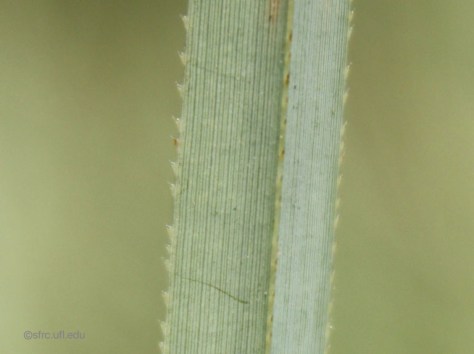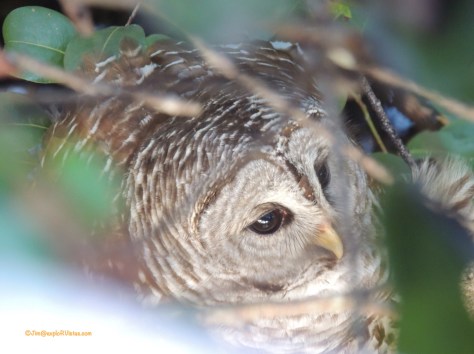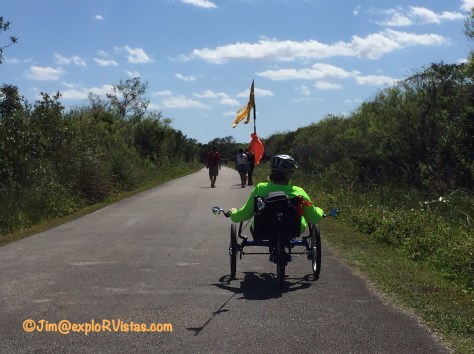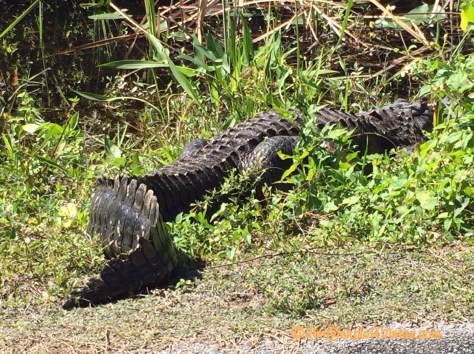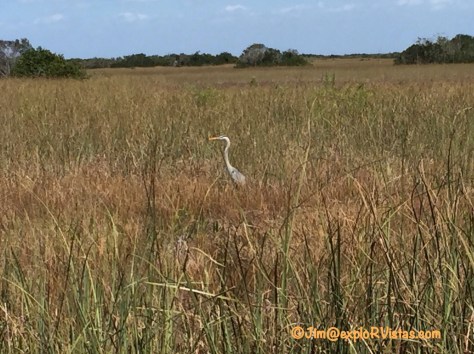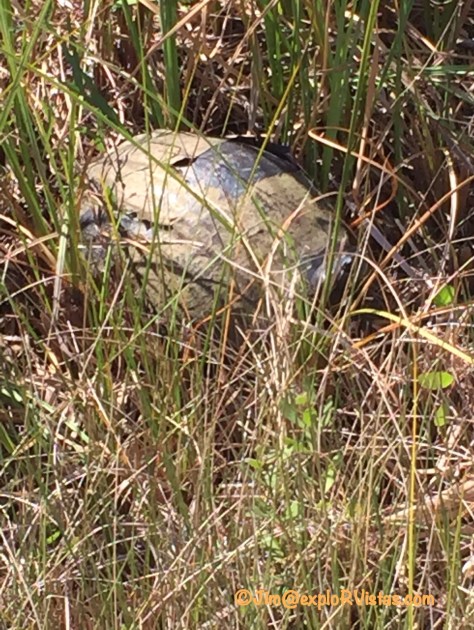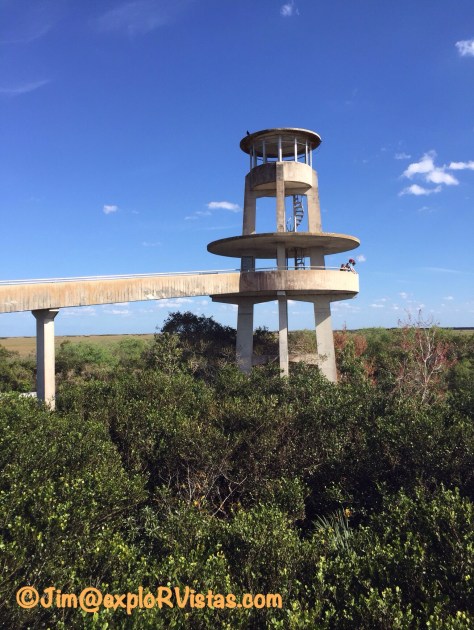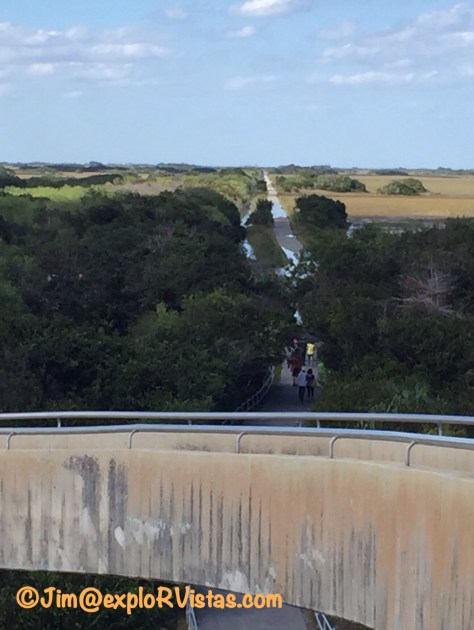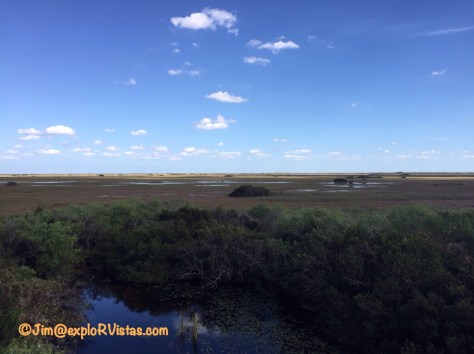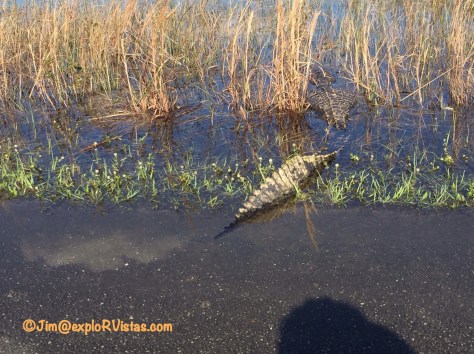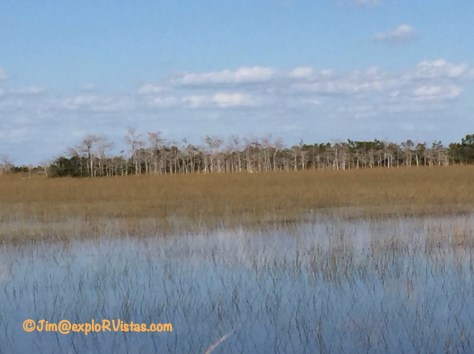“Progress came and took it’s toll – and in the name of flood control,
They made their plans and they drained the land – now the glades are going dry.”
John Anderson – Seminole Wind
Driving around the urban and agricultural areas of southeast Florida, it didn’t take long to realize that most of the land we were on was once part of the Everglades. All of the farmland west of Miami was once part of the river of grass. Even Miami International Airport was once home to gators, anhingas and sawgrass. The maze of canals diverting the water coming out of Lake Okeechobee is staggering. The Everglades we see today are but a small percentage of what existed prior to the 20th century….and the fresh water entering the current version of the glades is for the most part controlled by man. Couple that with rising sea levels and salinity, it is easy to see that this fragile ecosystem is truly endangered. Perhaps not ‘dry’, in the literal sense of the word, but certainly different from what it once was.
On the one hand, visiting the park left me with a sense of uneasiness for treading on the remaining portion of the Everglades. But if you remember what I said about my preconceived notions regarding the ‘swamp’, I realize just how important it is for us to see this place firsthand. On our trip into the lower glades to Flamingo on Sunday, it quickly became apparent that our visit to Shark Valley was merely an introduction to the novel that the Everglades truly is.
Entering the eastern side of the park from the city of Homestead, we stopped at the Coe Visitor Center. Information on everything the National Park Service offers regarding the park is available there. From Coe, we stopped at the Royal Palm Visitor Center. This location is more about the attached trails than being a ‘visitor’ center, per se.

The first thing you notice are all these blue tarps on the cars. It turns out that the vultures in the area have developed a taste for rubber windshield seals and wipers.
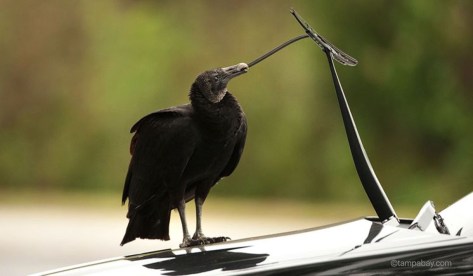
I pulled this photo from the web. While we didn’t see any vultures munching on cars while we were there, we didn’t want to chance it. We tarped the Ford. 🙂
The first of two paths we explored was the Anhinga Trail.

This beauty was poised along the side, smiling for the camera. One interesting thing we found out about alligators is that while their bite can exert a tremendous amount of force, their muscles that open their jaws are quite weak. Good to know if you ever find yourself in a wrestling match with one. 🙂
These bromeliad airplants were nestled in the branches of one of the trees along the trail. They are not attached to the tree; they merely use it for support.
Further down the path, I spotted this Morning Glory.
This Red-bellied turtle was checking out the tourists.
There were several Anhingas along the path. This one was drying off after a morning swim.
A couple of birders we met identified this as an Eastern Phoebe.
The other trail in this area is the Gumbo-Limbo trail.
This stand of trees was decimated by Hurricane Andrew’s 150 mile per hour winds in 1994. It has since rebounded nicely.
The path is named for the Gumbo-Limbo trees that grow here. This unique tree is often referred to as the Tourist tree, as it sports a sunburned appearance. It was used for a variety of purposes, from carousel horses to medicinal salves.
From Royal Palm, we drove 35 miles straight out to Flamingo.

This is where the river of grass meets Florida Bay. There were thousands of birds on the tidal flats.
We spotted these American White Pelicans amongst the bunch. These are some of the largest birds in North America, similar in size to Trumpeter Swans and California Condors.
There are several camping options available at Flamingo, including this nice trailer loop. There is also a small visitor center.
This is a Swallow-tail Kite. Tough photo to take, as they move really fast!
From Flamingo, we worked our way back, stopping at most of the overlooks and trails along the way. We were hoping to see some Roseate Spoonbills…which we did not…but we did see plenty of other birds!
A Great White Egret, looking for something in the tall grass.
An Osprey hanging out in it’s nest.
I’m fairly sure this is a Raven and not a Crow. Definitely not a Patriot, Ram, Bronco … and certainly not a Lion.
A couple of Florida Vultures hanging around in the trees.
A big highlight of the day was Pay-Hay-Okee overlook.
The unusual name of this place means ‘grass river’…and what better place than this to view the endless miles of sawgrass. I had difficulty photographing a blade of this unique plant, but here is an image from the web.
It is triangular in structure, with upwards-facing serrations along it’s edges. Moisture is gathered in these serrations, thus feeding the plant. Be careful…they are sharp!
As we walked down the ramp from the overlook, we heard an owl down in a thicket next to the structure.
We peered in and found this Barred Owl.
We showed it to other visitors on the deck, and everyone was really quiet and respectful of the bird’s space.
If you have never been to the Everglades, we hope you are able to see this fragile ecosystem in the near future. The diversity of species here is astounding. It’s amazing the Everglades still exist, with all that mankind has thrown at them in the past century. Efforts are being made to restore a portion of the historic flow… but there are huge politics in play, so the outcome remains to be seen. We certainly hope the restoration happens.
——————————————–
Search and shop Amazon through our exploRVistas link here
explorRVistas is a participant in the Amazon Services LLC Associates Program, an affiliate advertising program designed to provide a means for sites to earn advertising fees by advertising and linking to Amazon .com. Shopping here doesn’t add anything to your cost, but it does help support this blog. Thank you for considering shopping through exploRVistas!



